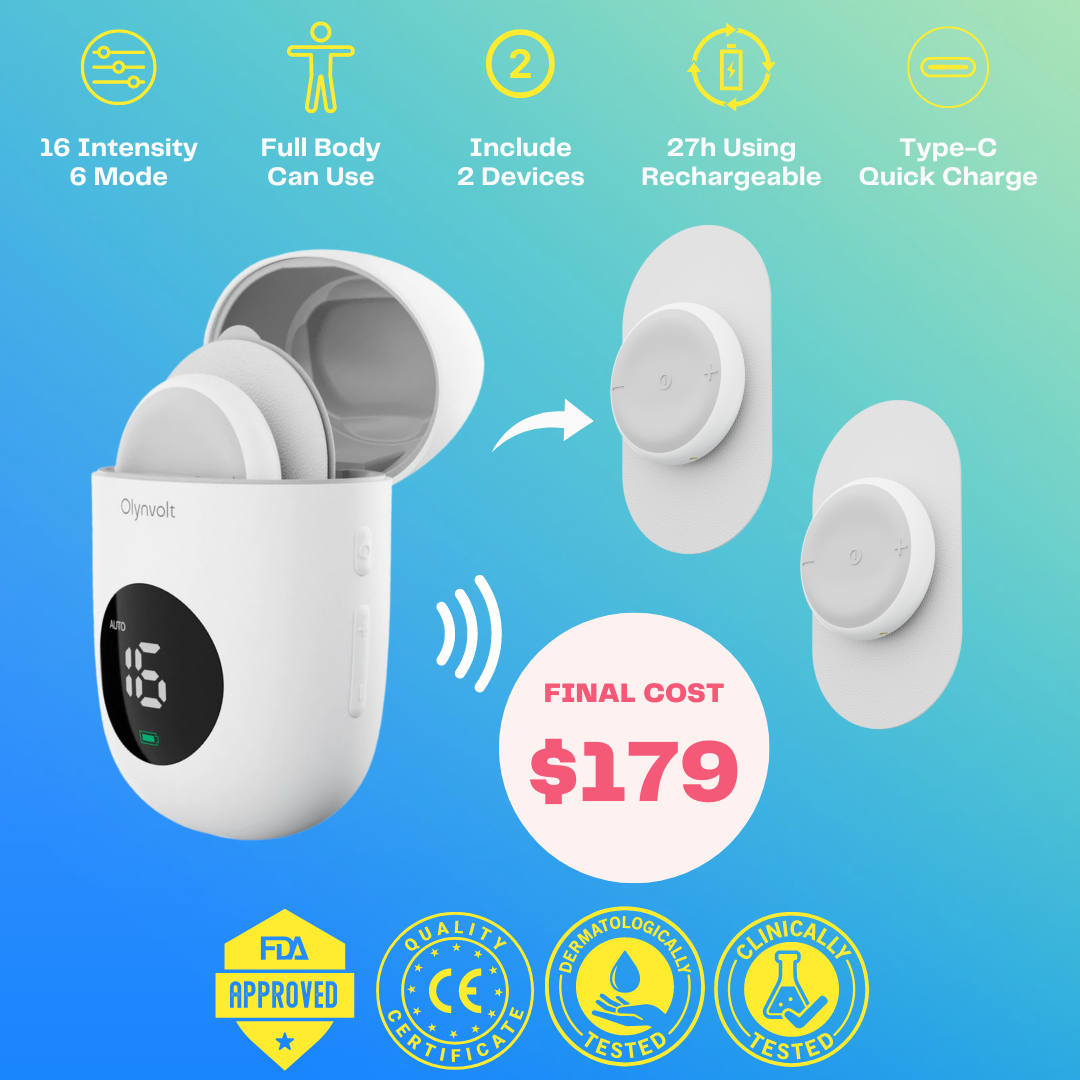As healthcare professionals, ensuring the safety of our patients is paramount, particularly when utilizing therapeutic modalities like Transcutaneous Electrical Nerve Stimulation (TENS) units. While TENS therapy offers numerous benefits for pain management, it is essential to conduct a thorough safety evaluation to minimize the risk of adverse effects and optimize patient outcomes.
Patient Assessment:
Before initiating TENS therapy, a comprehensive patient assessment is crucial. This evaluation should include a review of the patient's medical history, current health status, and any pre-existing conditions that may impact the safety or efficacy of TENS treatment. Special attention should be given to factors such as skin sensitivity, cardiac issues, and the presence of implanted medical devices.
Device Selection and Setup:
Selecting the appropriate TENS device is the first step in ensuring patient safety. Devices should be sourced from reputable manufacturers and comply with relevant regulatory standards. During device setup, healthcare providers must carefully review and follow the manufacturer's instructions for electrode placement, parameter settings, and device operation to prevent adverse events.
Electrode Placement and Skin Integrity:
Proper electrode placement is critical for both treatment efficacy and patient safety. Healthcare providers should ensure that electrodes are placed over intact, clean skin and avoid areas with open wounds, rashes, or irritation. Regular assessment of skin integrity during TENS therapy sessions can help identify any adverse reactions, such as redness or irritation, prompting adjustments or discontinuation of treatment as necessary.
Stimulation Parameters:
The selection of stimulation parameters, including frequency, pulse width, and intensity, should be tailored to each patient's individual needs and pain profile. Careful consideration should be given to factors such as pain tolerance, skin sensitivity, and the desired therapeutic outcome. Starting with conservative settings and gradually titrating up as tolerated can help minimize the risk of discomfort or adverse effects.
Monitoring and Supervision:
Continuous monitoring and supervision are essential throughout the duration of TENS therapy sessions. Healthcare providers should remain vigilant for any signs of patient distress or adverse reactions, such as excessive skin irritation, muscle twitching, or discomfort. Regular communication with patients during treatment sessions allows for timely adjustments and ensures patient comfort and safety.
Patient Education and Informed Consent:
Patient education is a fundamental aspect of TENS therapy safety. Healthcare providers should provide thorough instruction on the proper use of TENS devices, including electrode placement, device operation, and safety precautions. Patients should also be informed of potential risks and benefits associated with TENS therapy and provide informed consent before initiating treatment.
Conclusion:
By conducting a comprehensive safety evaluation and adhering to established guidelines, healthcare providers can effectively mitigate risks and ensure the safe and appropriate use of TENS units for pain management. With a patient-centered approach that prioritizes safety and well-being, TENS therapy can continue to be a valuable tool in the arsenal of non-pharmacological pain management strategies.
Disclaimer: The information provided in this article is for educational purposes only and should not be construed as medical advice. Always consult with a qualified healthcare professional for personalized diagnosis and treatment recommendations.









